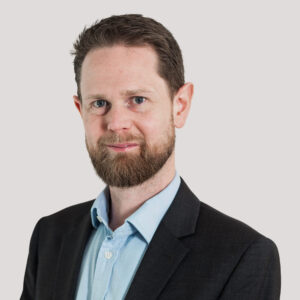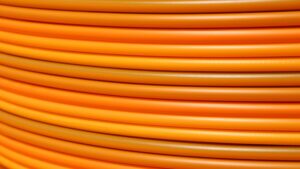28/01/2021
Truly global patent specifications are the holy grail for applicants that file around the world. It’s easy to see why. If a specification meets the requirements of all the national patent offices in which protection is going to be sought the application will easier to prosecute and litigate locally and therefore cheaper overall.
However, when drafting for global protection applicants should be aware that drafting strategies that work in some countries might not have the same result in others.
As an example, one strategy often used is to draft apparatus claims in the “means plus function” form. Claim features are described as “means for” carrying out the functionality of that feature, without specifying any particular structure for doing so. For example, a claim might list “means for filtering a signal [according to a certain method]”, “means for sending data” and so on.
At the EPO and in Japan such a claim formulation has the advantage of broadly claiming the subject matter in a functional manner. This type of claim is construed on face value to include any feature that performs the accompanying function.
In contrast, in the US such “means plus function” claims are construed more narrowly. Specifically these claims are limited to only cover the corresponding structure, material or acts described in the patent specification for performing the functional acts and any equivalents thereof. Therefore, means plus function claim language can be more limited in scope in the US and is not generally recommended (at least not for a sole independent claim). Instead, functional features should be labelled more appropriately and/or the structure of the means should be explicitly included in the claims.
China treads a path between these approaches, with the China National Intellectual Property Administration (CNIPA) and the Courts interpreting “means plus function” language differently in practice. This is demonstrated by the case Nokia Corporation vs Shanghai Huaqin Telecom Technology Co., Ltd. In this case the Re-examination board of the CNIPA interpreted “means plus function” style claims broadly, in line with the EPO approach. However, in the corresponding infringement proceedings, the court of first instance held that such claims were limited to the examples in the description and their equivalents, in line with the US approach. China therefore adopts the worst positions for the applicant for “means plus function” claims because the claims are construed broadly when comparing with the prior art for examination/invalidation but narrowly when considering infringement.
The solution here is to incorporate “means plus function” claim language into patent specifications at the drafting stage and make use of it in those jurisdictions where it is appropriate. The language can be included as numbered examples for instance. At the same time fall back claims that include more specific features and accompanying structural limitations should also be included for those jurisdictions where “means plus function” language is not appropriate.
At Reddie & Grose we draft patent applications with a view to smooth global prosecution in the IP5 offices and beyond. If you have any questions about our approach please get in contact.
This article is for general information only. Its content is not a statement of the law on any subject and does not constitute advice. Please contact Reddie & Grose LLP for advice before taking any action in reliance on it.



